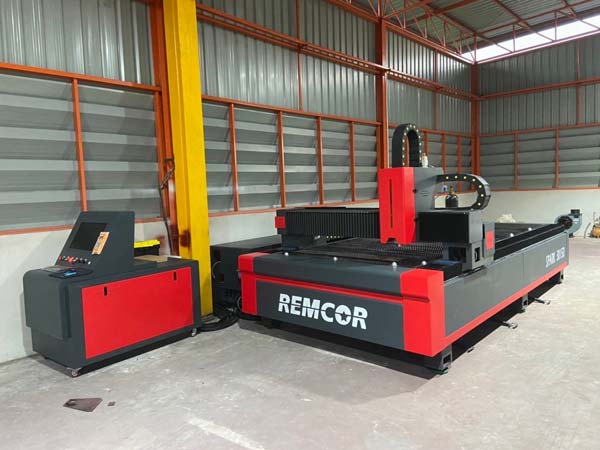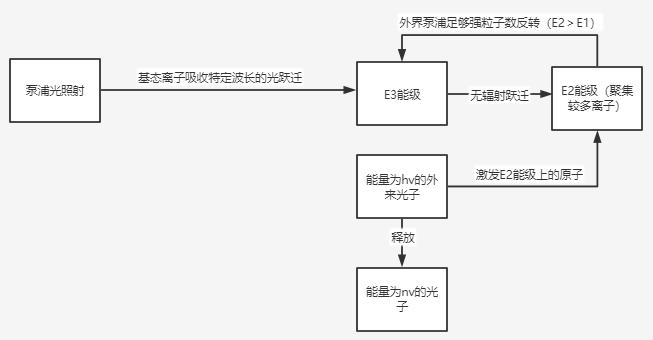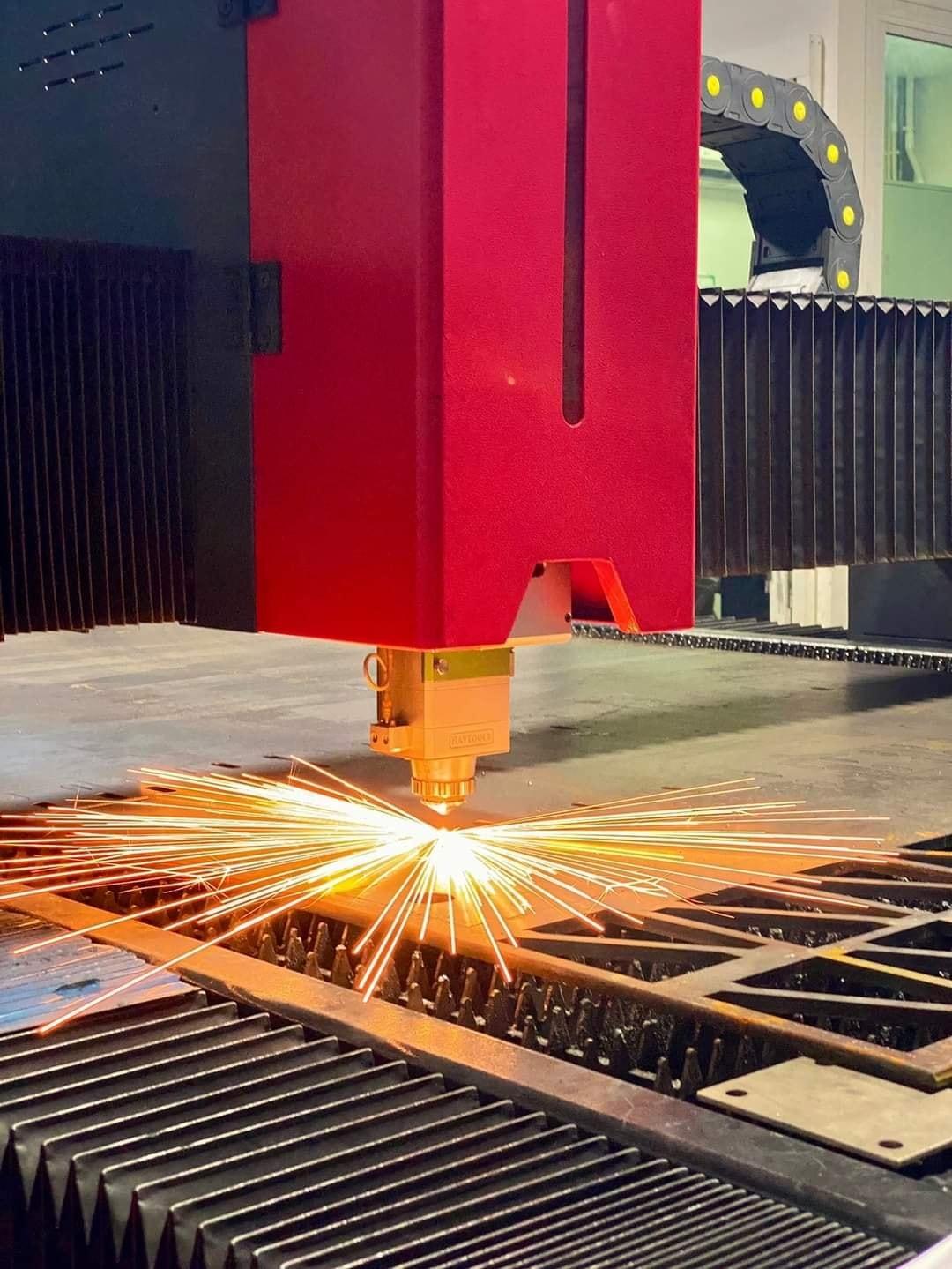Jan 29 , 2023
Laser is another major invention in the 20th century following nuclear energy, semiconductors, and computers. It is widely used in industrial manufacturing, biomedical and other fields due to its good monochromaticity, directionality, and brightness. It is known as "the fastest The knife", "the most accurate ruler", "the brightest light". Since the invention of laser technology, the global laser industry has developed rapidly, and laser technology has become one of the important supporting technologies in many fields, especially in the laser cutting application field.

Laser, also known as "laser", its full name is "light amplification by stimulated radiation". In 1917, Einstein proposed the "stimulated emission" theory, a photon causes the excited atom to emit an identical photon basis. In 1960, Maiman, a researcher at the Hughes Aeronautical Laboratory in California, USA, invented the world's first ruby laser. In 1961, China's first laser was born in Changchun Institute of Optics and Mechanics led by Wang Daheng. In 1965, Bell Laboratories invented the first YAG (solid-state) laser.
Particles in certain material atoms are excited by light or electricity, and transition from low-energy atoms to high-energy atoms. When the number of high-energy atoms is greater than the number of low-energy atoms and transitions from high-energy levels back to low-energy levels, they emit Light with exactly the same phase, frequency, direction, etc., this kind of light is called laser. When the pump light is irradiated, the ground-state ions absorb light of a specific wavelength and jump to the E3 energy level, and then quickly jump to the E2 energy level through a non-radiative transition, and more ions can be gathered at this energy level. When the external pump is strong enough, a population inversion will be formed between the E2 energy level and the E1 energy level, that is, the number of ions on the E2 energy level is more than that on the E1 energy level. After realizing the inversion of the number of particles, each foreign photon with energy hν will excite an atom on the E2 energy level to make it transition to the ground state, and at the same time release a photon with energy hν, and the total energy of the photon will be continuously multiplied, thus realizing Stimulated emission amplification (gain) process.

A laser source is a laser-generating device, which is mainly composed of a pump source, a gain medium, and a resonant cavity. The pump source is the excitation source of the laser, and the resonant cavity is the loop between the pump light source and the gain medium. The gain medium refers to the working substance that can amplify light. In the working state, the gain medium absorbs the energy provided by the pump source and outputs laser light through the resonant cavity oscillation mode selection.
Lasers are the core components of laser processing equipment and play a pivotal role in the cost composition of laser processing equipment. Lasers can be divided into many types according to the working substance, output band and output type.
Lasers can be divided into solid-state lasers (ruby Al2O3, yttrium aluminum garnet lasers), liquid lasers (dye lasers), gas lasers (helium-neon lasers, argon ion lasers, etc.), semiconductor lasers, fiber lasers, and free electron lasers. According to the output band, lasers can be divided into far-infrared lasers, mid-infrared lasers, near-infrared lasers, visible lasers, near-ultraviolet lasers, and vacuum ultraviolet lasers. According to the output type, it can be divided into continuous wave laser, quasi-continuous wave laser, short pulse laser and ultrashort pulse laser.
As one of the advanced technologies in the modern manufacturing industry, laser technology has the advantages of high precision, high efficiency, low energy consumption, and low cost that traditional processing methods do not have. Large selection space can better solve technical problems in processing and refining caused by different materials. With the continuous development of laser technology and laser micromachining application technology, laser processing technology can replace traditional machining in more fields, and laser fine micromachining relies on its higher precision, stronger flexibility, smaller thermal effect, and wider application It has gradually become the core processing technology in the high-end manufacturing field.
In terms of laser applications, laser technology can be widely used in cutting, welding, drilling, marking, engraving, measurement, diagnosis and other fields. The demand for laser technology in many fields is constantly rising, and laser technology has entered a new process of rapid development.
From the perspective of the development of the laser industry, laser technology has been widely used in consumer electronics, 3D printing, semiconductors, new energy, display, biomedical, laser detection and other fields. Many domestic fiber laser tube cutting machine manufacturers already have the ability to compete with foreign companies. strength and its influence in the international laser industry is getting stronger and stronger.

All in all, the laser has played a vital and irreplaceable role in some fields, and more and more industries have begun to pay attention to the application of laser technology, which makes domestic laser industry companies continue to strengthen investment in the field of laser technology research and development, The competition in the field of laser industry is becoming more and more fierce. For the development of my country's laser industry, this is undoubtedly a positive signal. In this context, we can narrow the gap with international counterparts faster, fill our own technical vacancies, and provide important technologies for the development of my country's science and technology.